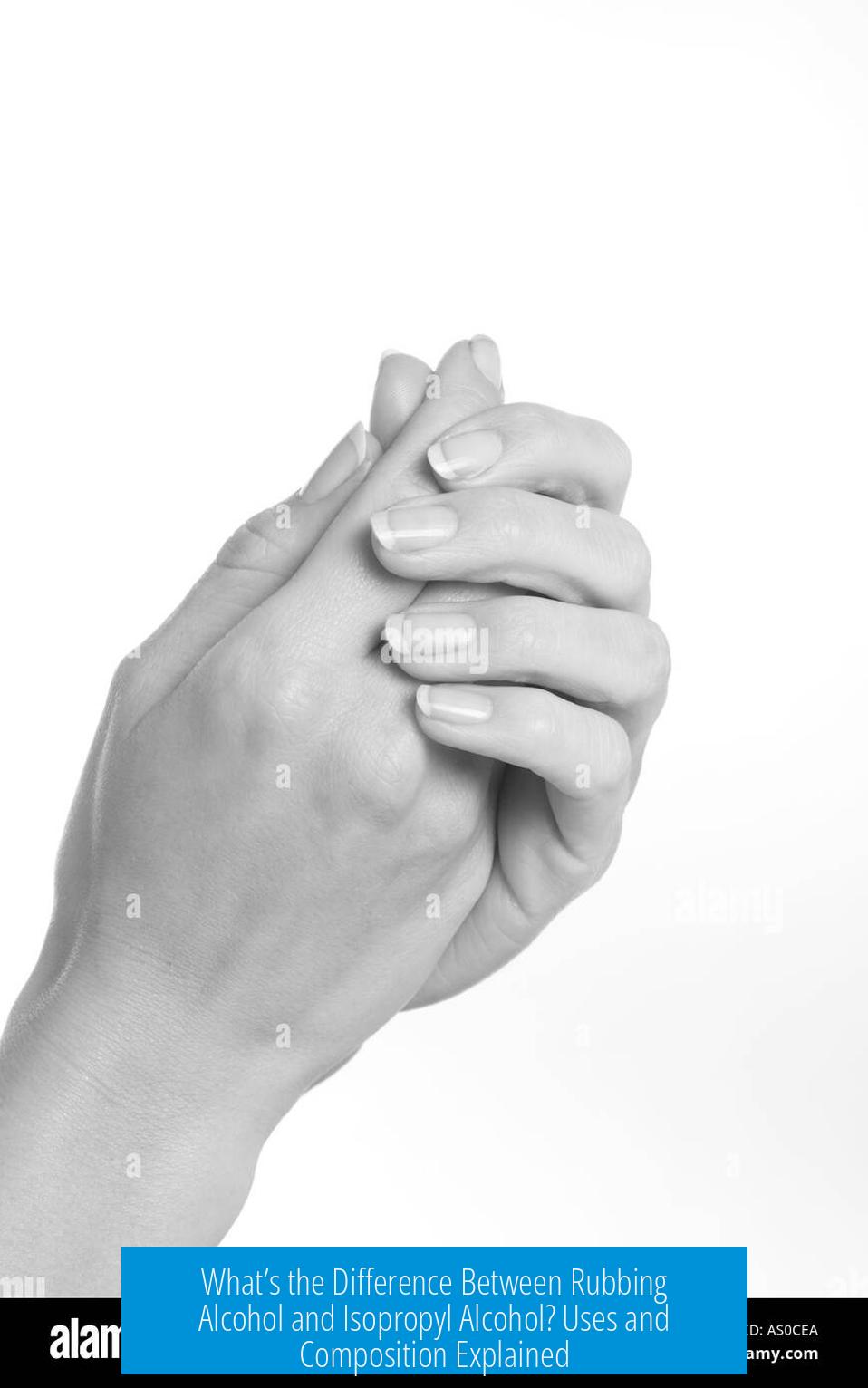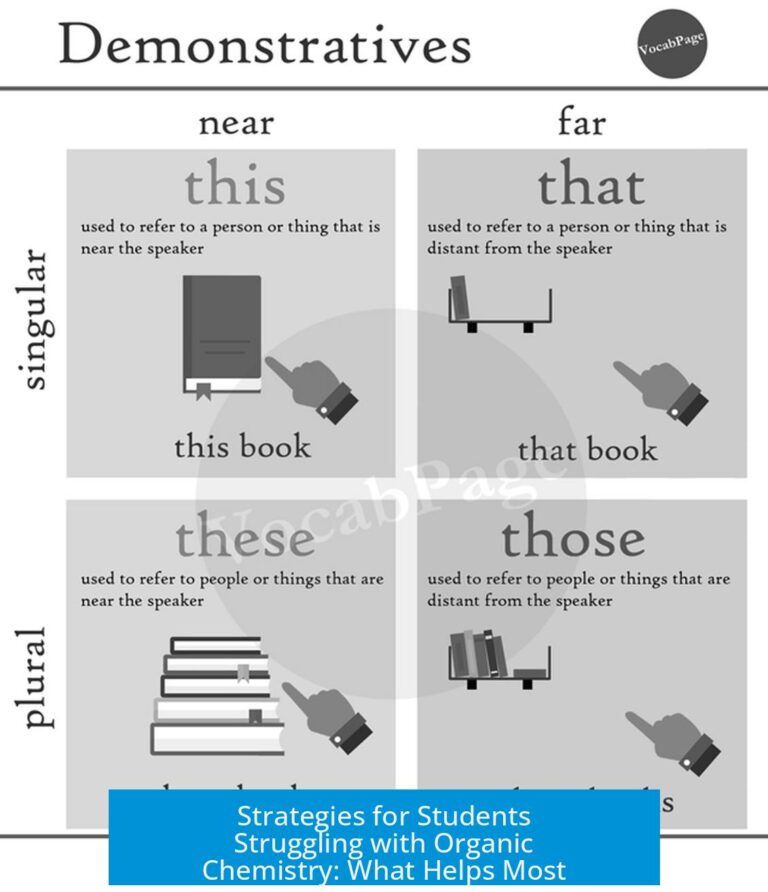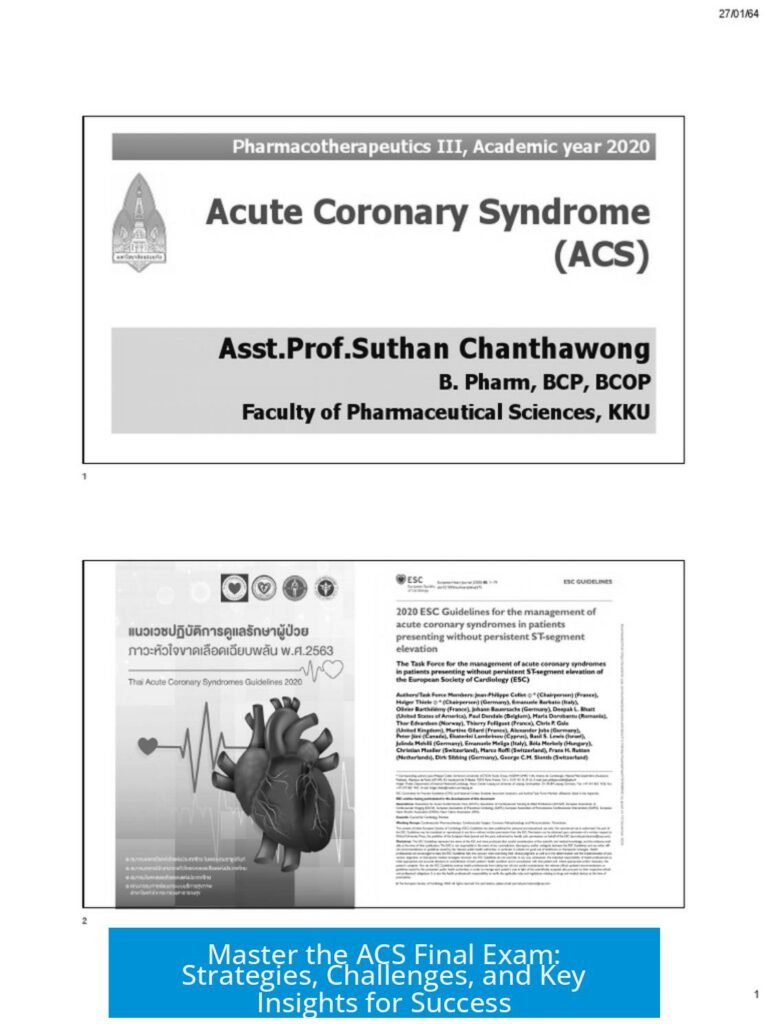Difference Between Rubbing Alcohol and Isopropyl Alcohol

Isopropyl alcohol refers to pure isopropanol, while rubbing alcohol is usually a 70% isopropyl alcohol solution diluted with 30% water and sometimes other additives. The core difference lies in their concentration and composition.
Composition Differences
- Isopropyl Alcohol: Typically pure or near-pure isopropanol without added water or other substances.
- Rubbing Alcohol: Generally a mixture of 70% isopropyl alcohol and 30% water. It may also include ethanol, denaturants to prevent ingestion, and fragrances.
Rubbing alcohol in the United States often contains denaturants and additives making it unsuitable for consumption.
Functional Differences and Uses
Pure isopropyl alcohol serves well in cleaning sensitive items where water could cause damage. For example, it effectively cleans electronics and other delicate surfaces without leaving moisture behind.
Rubbing alcohol, diluted to 60-70%, is widely used as an antiseptic. The addition of water is crucial since pure alcohol alone does not efficiently kill bacteria. Water facilitates protein denaturation in microorganisms, enhancing disinfection.
- Used for cleaning minor cuts and scrapes due to its antibacterial properties.
- Effective in sanitizing surfaces and skin without removing excessive oils from the skin.
- Common in medical and household first aid kits.
Additional Considerations
The exact formulation of rubbing alcohol can vary by region and manufacturer. Some products may contain ethanol combined with isopropanol and other chemicals. Pure isopropyl alcohol is sometimes sold under different names, such as pure ethanol in certain countries.
Summary of Key Points
- Isopropyl alcohol is typically pure isopropanol without dilution.
- Rubbing alcohol is a diluted 70% isopropyl alcohol solution with 30% water and possible additives.
- Pure isopropyl alcohol suits cleaning sensitive electronics and surfaces.
- Rubbing alcohol works well as an antiseptic due to its water content aiding bacterial kill.
- Rubbing alcohol includes additives to deter ingestion and may vary regionally.
What is the main difference between rubbing alcohol and isopropyl alcohol?
Isopropyl alcohol is usually pure or nearly pure isopropanol. Rubbing alcohol is a mixture, often 70% isopropanol with 30% water, plus other additives like denaturants or fragrance.
Why does rubbing alcohol contain water while isopropyl alcohol does not?
Water helps rubbing alcohol kill bacteria effectively. Pure isopropyl alcohol evaporates too quickly and is less effective as a disinfectant against microbes.
What are typical uses for pure isopropyl alcohol?
Pure isopropyl alcohol cleans surfaces where water is harmful, such as electronics. It’s not usually used directly on skin because it lacks the water needed for proper disinfection.
How is rubbing alcohol used for skin disinfection?
Rubbing alcohol contains 60-70% isopropyl alcohol with water, making it suitable for cleaning cuts or scrapes. It kills bacteria without severely drying out the skin.
Can rubbing alcohol contain substances other than isopropanol?
Yes, it may include ethanol, isopropanol, water, and additives like denaturants to prevent ingestion and sometimes fragrances for smell.





Leave a Comment